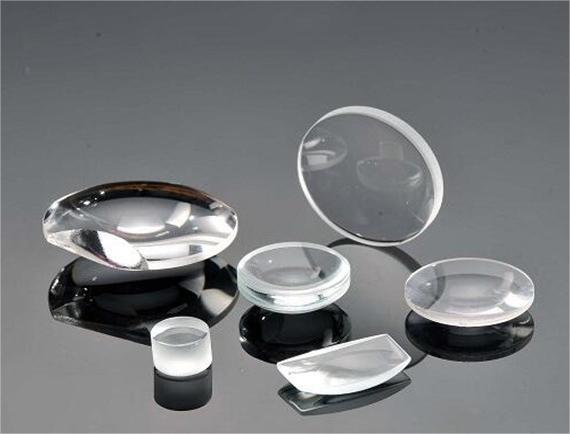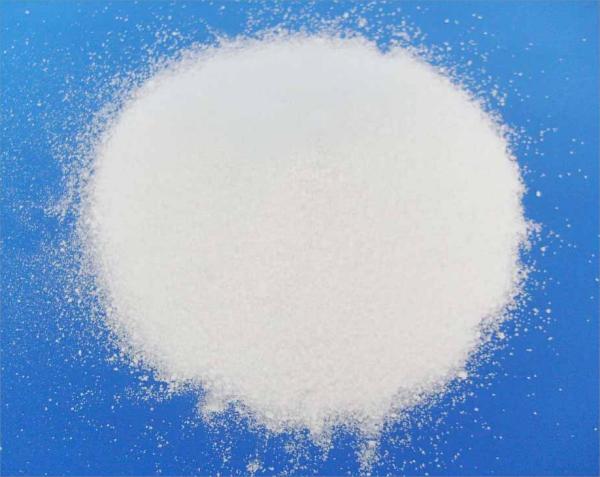Optical glass is a special type of glass material, which is one of the important basic materials for optical instrument manufacturing. It has good optical properties and specific physical and chemical properties, and plays an important role in various optical applications.
What are the types of optical glass?
Optical glass can be classified into various types based on specific applications and material characteristics. Here are several common types of optical glass:
1. Silicate glass
Silicate glass is the most common type of optical glass, and its main component is silicate, which is silicon dioxide, usually containing components such as boron oxide, sodium oxide, and magnesium oxide.
2. Lead glass
Lead glass refers to optical glass with a certain proportion of lead oxide added, which has a high refractive index and density and is often used in optical instruments such as telescopes and microscopes.
3. Borosilicate glass
Borosilicate glass is mainly added with boron oxide, which has a high refractive index and low dispersion performance, and is commonly used in the manufacturing of lenses and prisms.
The types of optical glass
4. Quartz glass
The main component of quartz glass is also silicon dioxide, which has excellent optical properties and chemical stability, and is now widely used in optical devices and instruments.
5. Rare earth glass
Rare earth glass is an optical glass made by adding rare earth elements, which can adjust optical properties and is commonly used in the manufacturing of high-tech fields such as lasers.
The difference between optical glass and ordinary glass
Compared to ordinary glass, optical glass is more refined and professional in terms of composition purity, preparation process, optical performance, etc. The main differences are:
Thickness and weight
Optical glass typically has a smaller thickness and lighter weight, making it suitable for the manufacturing of precision optical equipment. Ordinary glass can be made thicker and heavier due to different application fields.
Component
Optical glass is more pure in composition and finely controlled, usually prepared using specific chemical formulas and high-purity raw materials to achieve the expected optical properties. The composition of ordinary glass is relatively simpler, usually composed of silicates and other impurities.
The composition of ordinary glass
Preparation process
Optical glass requires precise preparation processes, typically using processes such as high-temperature melting, vacuum heat treatment, and precise controlled cooling to ensure the stability and accuracy of optical performance. Ordinary glass generally adopts conventional glass preparation processes, and the production cost is relatively low.
Optical performance
Optical glass has characteristics such as higher refractive index, smaller dispersion, and lower light absorption, and its optical performance is relatively excellent. Therefore, optical glass can be widely used in optical devices such as lenses, prisms, and optical filters for precise optical systems.
However, ordinary glass has poor optical performance and is generally used in fields such as ordinary containers and building materials.
Post time: Oct-26-2023





